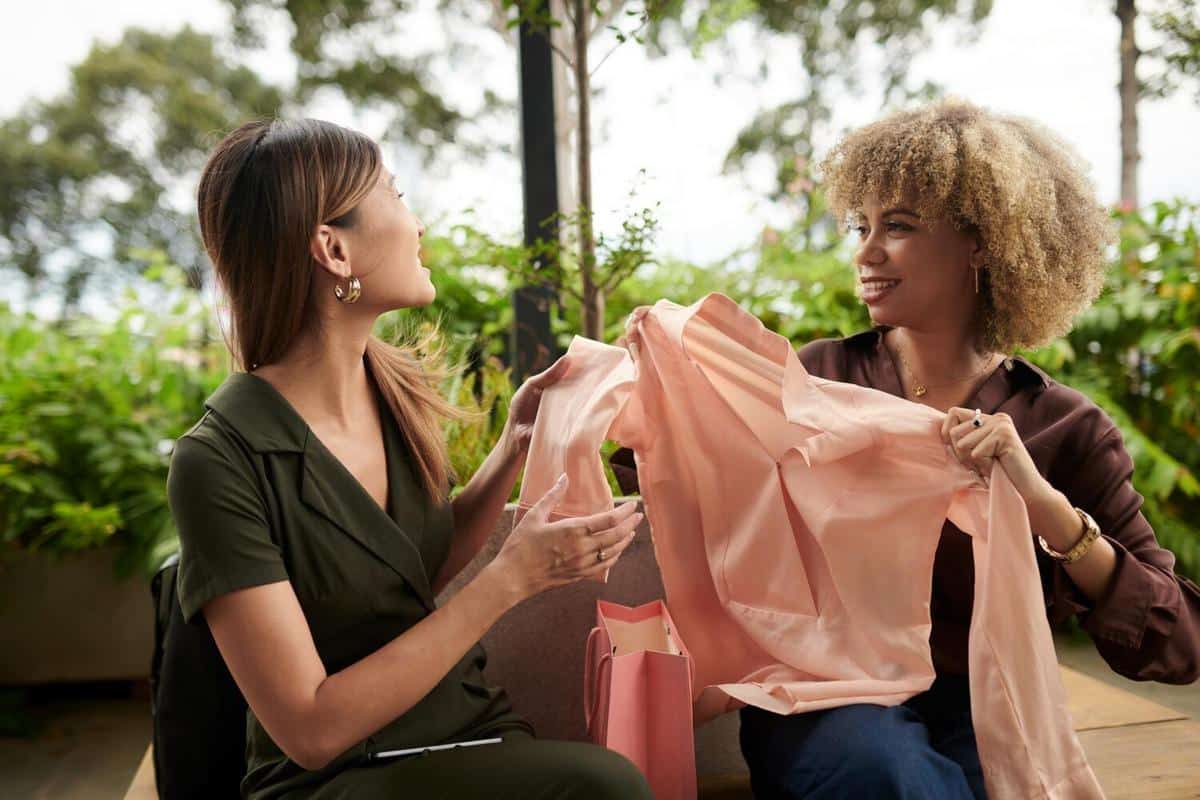
Innovative Fabrics: From Plastic Waste to Fashion
As the fashion industry grapples with its environmental impact, innovative solutions are emerging that transform plastic waste into stylish and sustainable fabrics.
Turning Waste into Wearable Art
The fashion industry has long been criticized for its environmental footprint, with plastic waste being a significant concern. However, recent advancements in technology have paved the way for converting this waste into innovative fabrics. According to a report by the Ellen MacArthur Foundation, the industry produces over 92 million tons of waste each year. This alarming statistic highlights the urgent need for sustainable alternatives.
Expert Insights
Experts in sustainable fashion emphasize the importance of rethinking material sources. Emma Watson, a known advocate for ethical fashion, suggests that “transforming waste into resources not only addresses pollution but also opens up new design possibilities.” Her views are echoed by many designers who are experimenting with recycled materials.
How Plastic Waste Becomes Fabric
Recycled polyester is one of the most common fabrics made from plastic waste. The process involves collecting plastic bottles, cleaning them, and then breaking them down into small pellets. These pellets are melted and spun into yarn, which can be woven into fabric. This innovative approach not only reduces plastic pollution but also saves resources that would otherwise be used for producing new materials.
Statistics Highlighting the Impact
Research indicates that using recycled polyester can reduce carbon emissions by 32% compared to virgin polyester. Additionally, it helps conserve water and energy, making it a more sustainable choice for eco-conscious brands.
Real-World Examples
Many fashion brands are leading the charge in using recycled materials. For instance, a renowned sportswear company has committed to using only recycled polyester by 2024. This initiative is part of a broader effort to reduce environmental impact and promote circular fashion.
Actionable Tips for Consumers
- Look for clothing labels that mention recycled materials.
- Support brands that are transparent about their sustainability practices.
- Consider quality over quantity to reduce waste.
When shopping for sustainable fashion, prioritize garments made from certified recycled fabrics. This ensures the authenticity of the material and its environmental benefits.
Comparison Table: Recycled vs. Virgin Polyester
| Aspect | Recycled Polyester | Virgin Polyester |
|---|---|---|
| Resource Use | Lower | Higher |
| Carbon Emissions | Reduced by 32% | Baseline |
| Water Consumption | Lower | Higher |
| Energy Use | Lower | Higher |
| Durability | Comparable | Comparable |
| Cost | Slightly Higher | Lower |
| Environmental Impact | Significantly Reduced | Higher |
| Availability | Increasing | Widely Available |
Frequently Asked Questions
How does recycled polyester benefit the environment?
Recycled polyester reduces carbon emissions, conserves water and energy, and minimizes plastic waste in landfills.
Is recycled polyester as durable as virgin polyester?
Yes, recycled polyester offers comparable durability to virgin polyester, making it a reliable choice for clothing.
Can recycled fabrics be used for high-fashion garments?
Absolutely. Many designers are successfully using recycled fabrics in high-fashion collections, proving their versatility and appeal.
Conclusion
The shift towards using plastic waste as a resource in fashion is a promising step towards sustainability. By supporting brands that use recycled materials, consumers can contribute to a more environmentally friendly industry. As research and technology continue to advance, the potential for innovative fabrics will only grow, offering exciting possibilities for the future of fashion.


